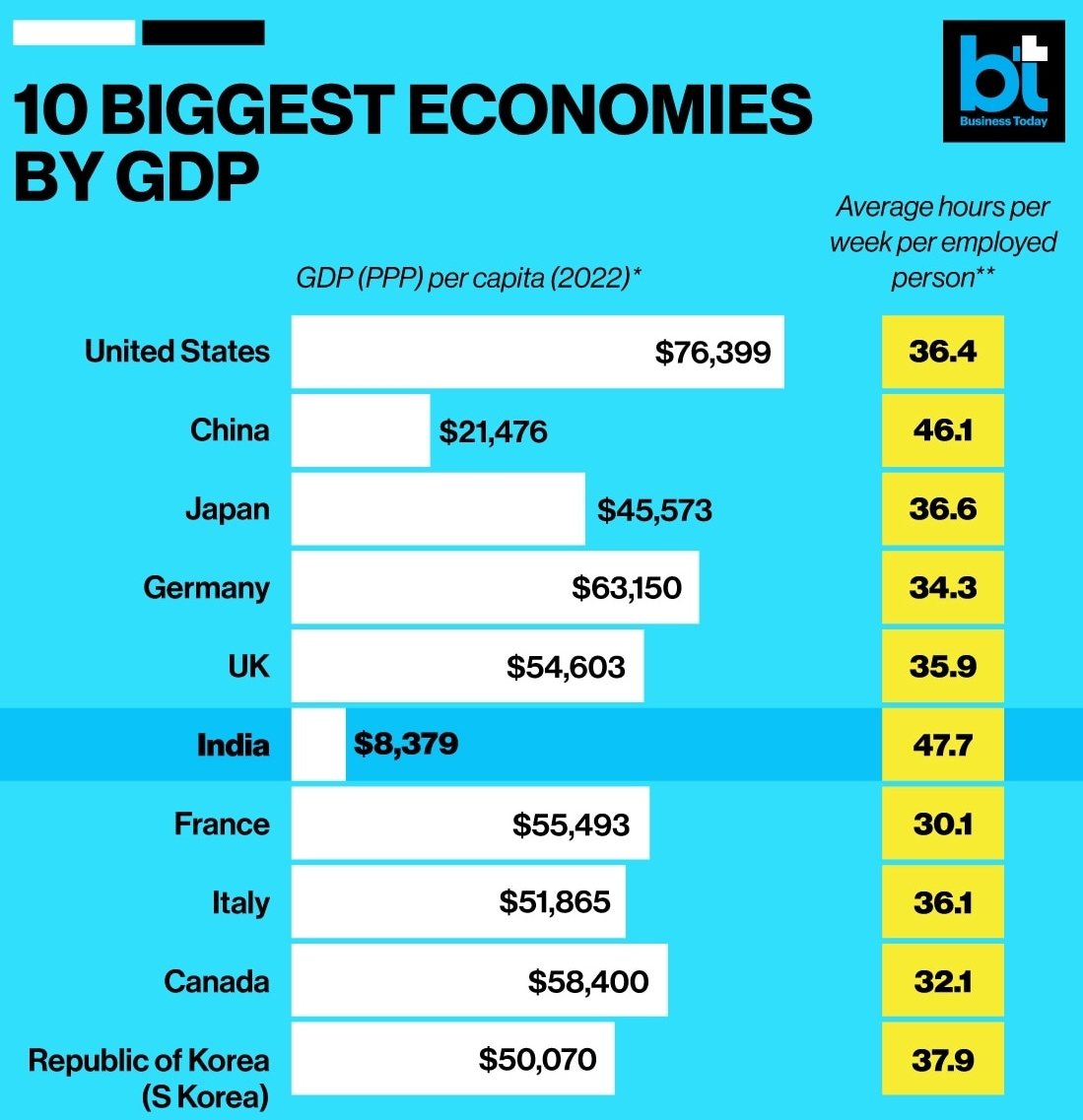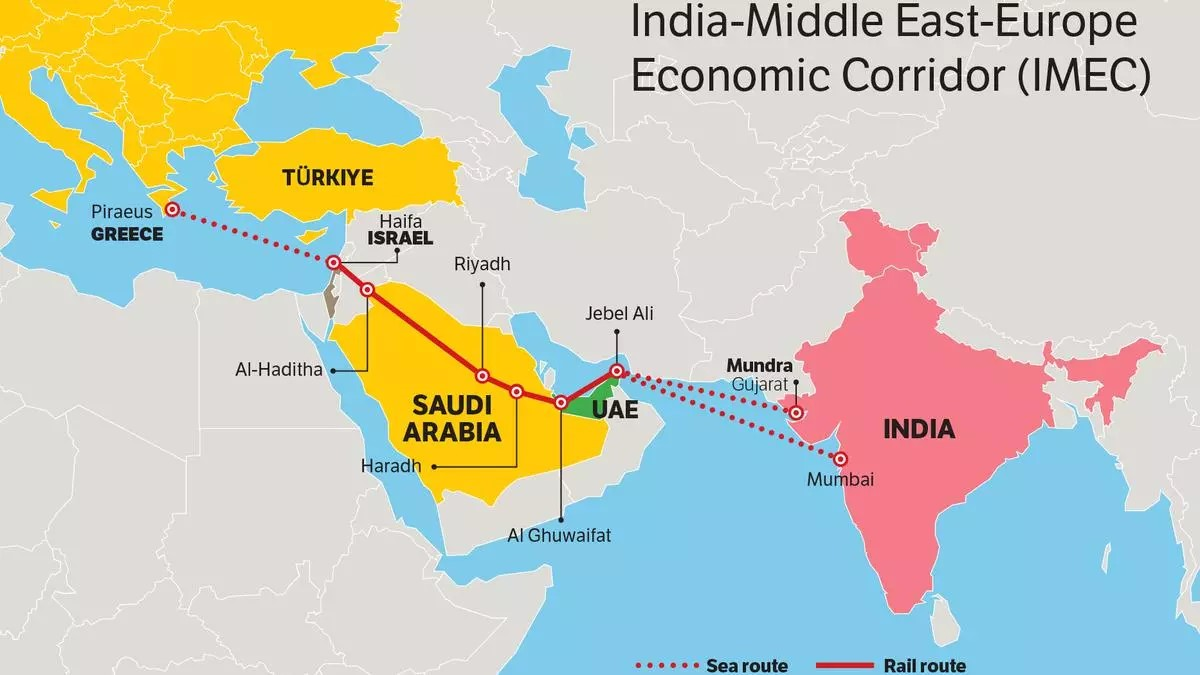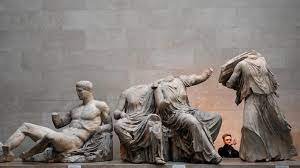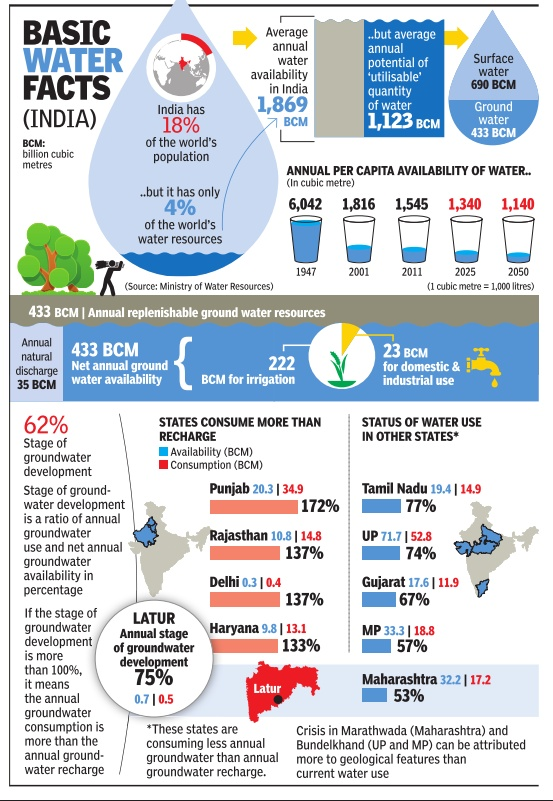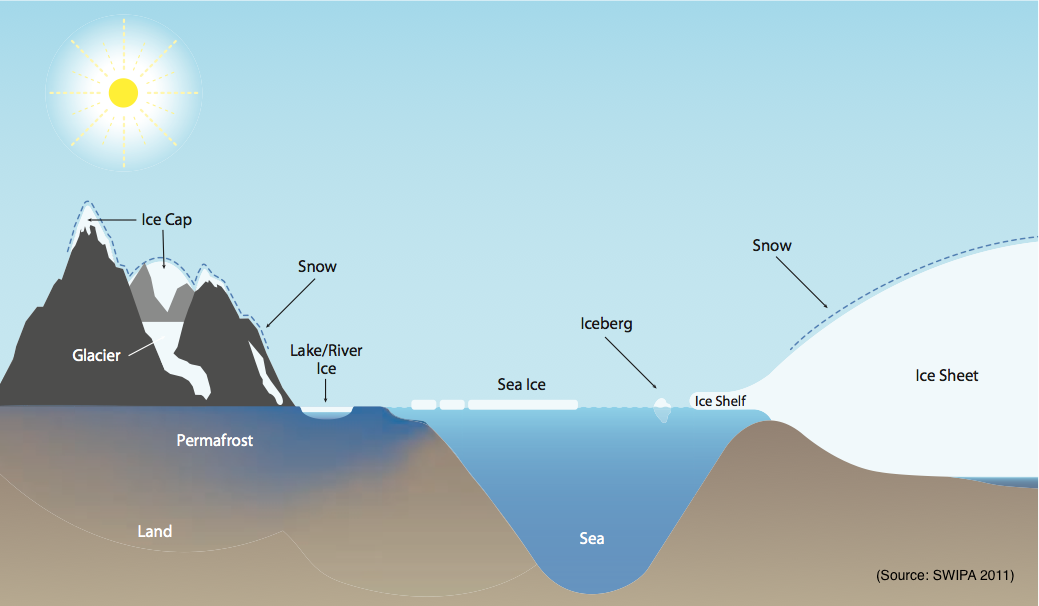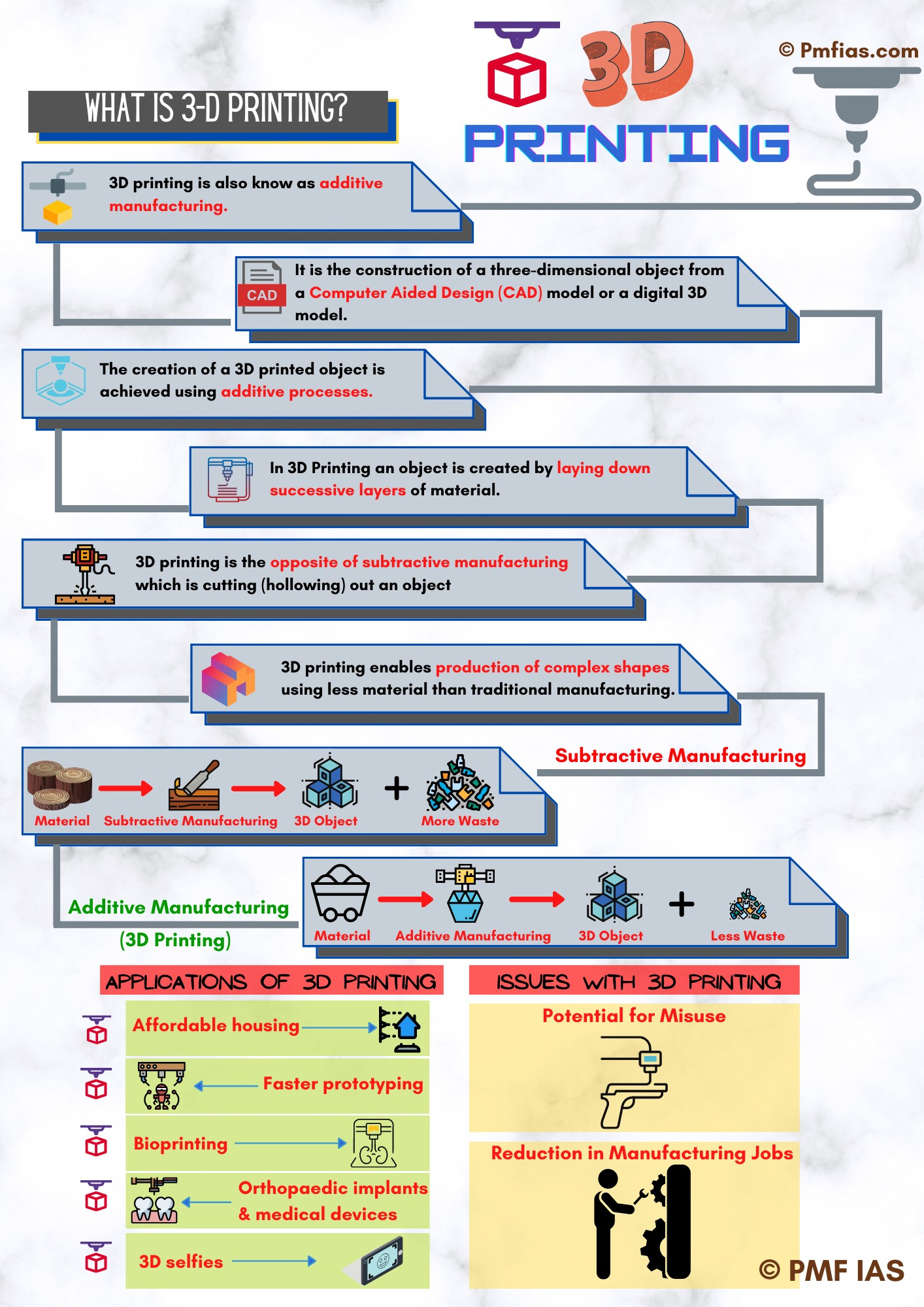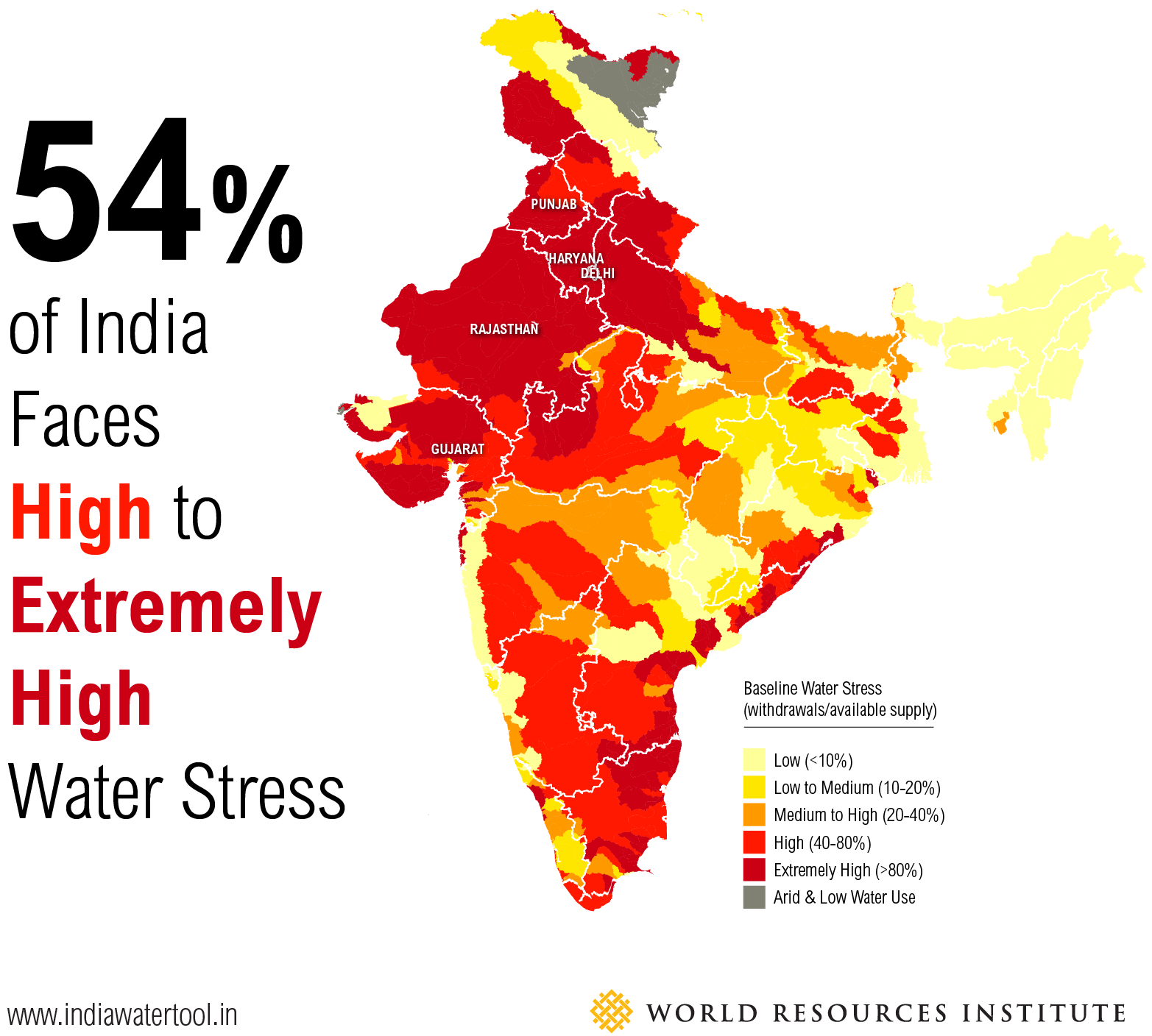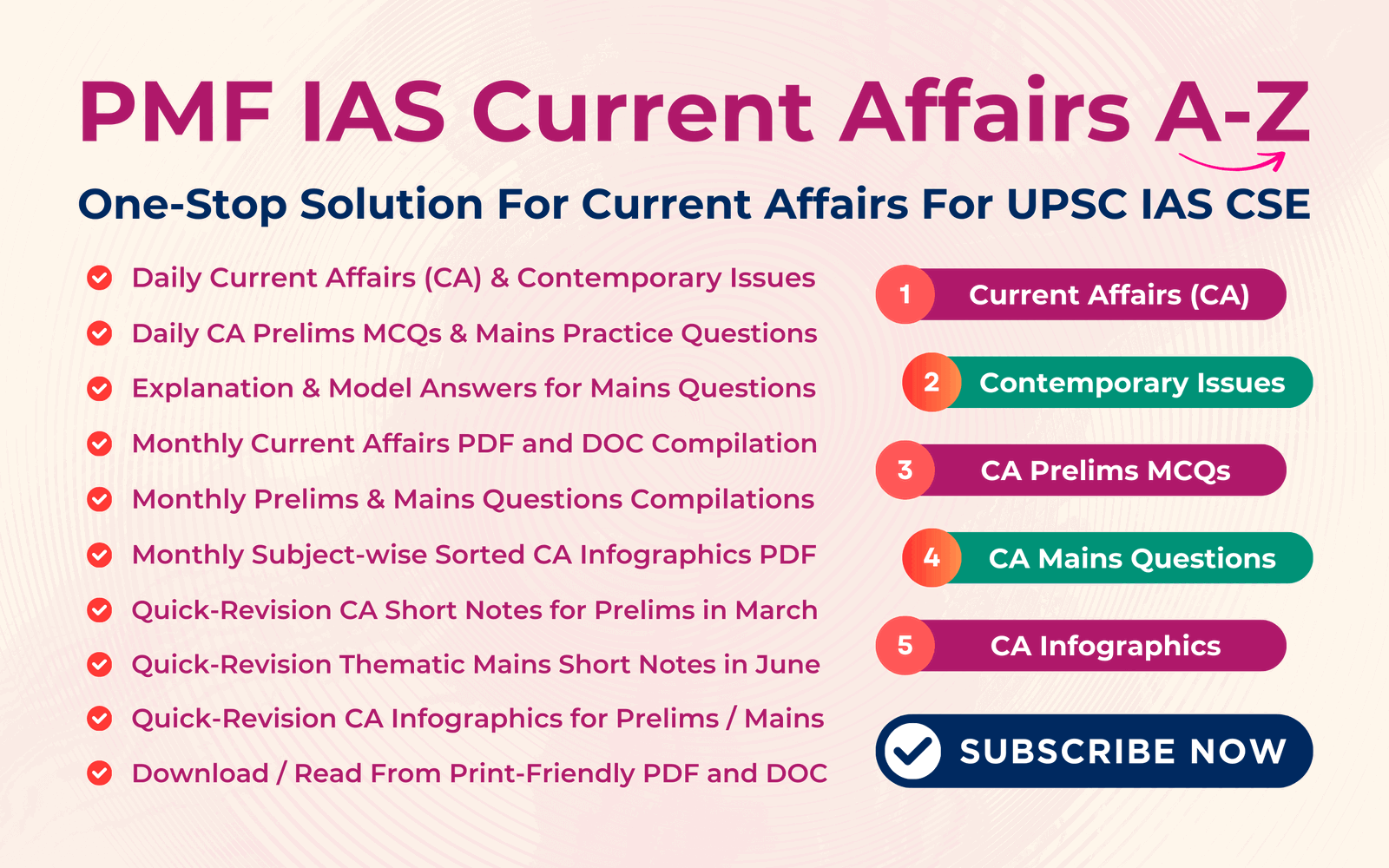
Current Affairs November 01, 2023: Samudrayaan Mission, MATSYA 6000, Xerography, World Health Organization (WHO), Carbon Nanoflorets
Subscribers of "Current Affairs" course can Download Daily Current Affairs in PDF/DOC
Subscribe to Never Miss an Important Update! Assured Discounts on New Products!
Must Join PMF IAS Telegram Channel & PMF IAS History Telegram Channel
{GS1 – MIH – Personalities} Sardar Patel
- Context (IE): 31st October 2023 was Sardar Vallabhbhai Patel’s 148th birth anniversary.
Kheda satyagraha (1918)
- In 1918, crops failed in the Kheda (Gujarat) because of the drought.
- The peasants demanded the remission of land revenue, but the government refused.
- Sardar Vallabhbhai Patel led the struggle which Gandhi supported.
- Ultimately, the government agreed to suspend the tax for the year in question and for the next, reduce the increase in rate, and return all the confiscated property.
|

Bardoli satyagraha (1928)
- In 1928, the peasants protested official efforts to increase land revenue in Gujarat. Vallabhbhai Patel was called to lead the movement. The women of Bardoli gave him the title of “Sardar”.
- Under the leadership of Sardar Vallabhbhai Patel, the peasants organised a No Tax Campaign and, in the end, won their demand.
Role in Constituent Assembly
- The Constituent Assembly divided its work among different committees for smooth functioning.
- Sardar Vallabhbhai Patel was the chairman of:
- Committee on Fundamental Rights and Minorities.
- Provincial Constitution Committee.
- Sardar Vallabhbhai Patel presided over the special session of Karachi (1931), which adopted the resolution on fundamental rights and economic programme.
Statue of Unity
National Unity Day (Rashtriya Ekta Divas)
|
{GS2 – IR – India-Bangladesh} Indo-Bangla Railway Project

- Context (TH): The Agartala-Akhaura rail link project has been inaugurated.
- It is a 12.24 rail link between Agartala in Tripura and Akhaura in Bangladesh.
- It will connect Tripura to Kolkata through Bangladesh.
- In 2010, Bangladesh and India signed an MoU to start the first Indo-Bangla railway project.
|
Benefits of Indo-Bangla Rail Link
- Provides direct access between the NE of India with the Chittagong port of Bangladesh.
- The travel time between Kolkata and Tripura via Dhaka will be reduced.
- Boosts the bilateral relations and promote tourism, trade, and cultural exchange.
- Boosts the growth of small-scale industries of the NE region.
- Helps the local producers to export their products outside the country faster.
- Reduces the dependence on the strategic Siliguri Corridor.
Siliguri Corridor (Chicken’s Neck)
India’s International Land Border
|
{GS2 – IR – International Organizations} World Health Organization (WHO)
- Context (TH): India will choose between Bangladesh and Nepal candidates for the WHO’s Regional Director post. The vote will occur at the WHO’s Regional Committee for South-East Asia in Delhi.
- The WHO is a specialised agency of the UN responsible for international public health.
- It was established on 7 April 1948.
- It is headquartered in Geneva, Switzerland.
- The World Health Report (WHR) is a series of annual reports produced by the WHO.
- Currently, it has 194 members: all UN member states except for Liechtenstein (192 countries), plus Cook Island and Niue.
World Health Assembly
- The World Health Assembly (WHA) is the decision-making body of WHO.
- It is held annually in Geneva, Switzerland, and is attended by all WHO Member States delegations.
- The main functions of the World Health Assembly are to:
- Determine the policies of the Organization.
- Appoint the Director-General.
Director-General
- The director-general is WHO’s chief technical and administrative officer.
- A Director-General is elected by the World Health Assembly by a secret ballot.
- The director-general holds the office for five years and can be re-appointed once.
Executive Board
- It is composed of 34 technically qualified members elected for three-year terms.
- The main function of the Board is to implement the decisions and policies of the Health Assembly.
Regional offices
- WHO Member States are grouped into six regions. These are:
- WHO Africa Region
- WHO Americas Region
- WHO Europe Region
- WHO Western Pacific Region
- WHO Eastern Mediterranean Region
- WHO South-East Asia Region
- Each region has a regional office and regional committee.
WHO South-East Asia Region
- It has eleven Member States: Bangladesh, Bhutan, Democratic People’s Republic of Korea, India, Indonesia, Maldives, Myanmar, Nepal, Sri Lanka, Thailand, and Timor-Leste.
- The WHO South-East Asia Regional office is based in New Delhi, India.
Regional Committee of the WHO
- It consists of all the Health Department heads, in all the governments of the countries in that Region.
- It generally meets once a year.
- It elects the regional director who serves for a once-renewable five-year term.
Dr Poonam Khetrapal Singh,
|
{GS2 – IR – Theories} Prisoner’s Dilemma
- Context (IE): The defence minister referred to the concept of “Prisoner’s Dilemma” to underscore the need for countries to collaborate with each other instead of working at cross purposes.
- Prisoner’s Dilemma is a famous concept in Game Theory.
- The prisoner’s dilemma is a paradox in decision analysis in which two individuals acting in their own self-interests do not produce the optimal outcome.
- The prisoner’s dilemma presents a situation where two parties, separated and unable to communicate, must each choose between cooperating with the other or not.
- The highest reward for each party occurs when both parties choose to cooperate.
- The prisoner’s dilemmas occur in many aspects of the economy and international relations.
|
Example of Prisoner’s Dilemma
- Imagine a situation where a country tries to protect its borders by collecting more weapons.
- This action could lead to an arms competition with another country instead of its intended purpose of securing the border. This arms race will eventually ruin their own economies and people.
- If countries set some ground rules in geopolitics to ensure they don’t enter an arms race, then it will benefit both countries.
{GS2 – MoES – Mission} Samudrayaan Mission

- Context (TH): ‘Samudrayaan’ will be India’s expedition to a depth of 6,000 m in the Indian Ocean.
- The Samundrayaan Mission is India’s first manned deep ocean mission.
- The six components of the mission are:
- Development of deep-sea mining technologies and a manned submersible
- Creating ocean climate change advisory services and future climate models
- Innovations for deep-sea biodiversity exploration and conservation
- Deep-sea survey for potential multi-metal hydrothermal mineral sites
- Harnessing energy and freshwater from the ocean
- Establishing an advanced Marine Station for Ocean Biology
- Launched in 2021, the Ministry of Earth Sciences (MoES) is the nodal ministry implementing it.
MATSYA 6000
- MATSYA 6000 is an indigenously built manned submersible under the Samudrayaan Mission.
- Developed by NIOT, it is designed to carry three humans to a depth of 6000 m.
- Aim: To comprehensively study deep-sea resources and marine biodiversity assessment.
- With its launch, it will make India the sixth country (after the US, Russia, Japan, France, and China) to have a manned under-sea expedition beyond 5,000 m.
|
|
{GS3 – Agri – Sustainability} AP Community-Managed Natural Farming
- Context (DTE): Andhra Pradesh Community-Managed Natural Farming (APCNF) programme is being implemented by Rythu Sadhikara Samstha.
- It was earlier called Andhra Pradesh Zero-Budget Natural Farming.
|
Basic Principles of APCNF
- Soil to be covered with crops 365 days (living root)
- Minimal disturbance of soil
- Biostimulants as necessary catalysts
- Use of indigenous seed
- Diverse crops
- Integrate animals into farming
- Increase organic residues on the soil
- Pest management through botanical extracts
- No synthetic fertilisers, pesticides, and herbicides
- Biodiversity will regenerate the soil structure with different fungi and bacteria
- Farmers will earn from diverse crops for different durations (ATM or Anytime Money Model).
Concerns with APCNF
- Scientists still view this agriculture as unproductive.
- The knowledge of its practice is not considered enough to support its extension.
- This is why, today, in Andhra Pradesh, the real force behind the practice is not men but women.
- The village women’s self-help groups are coming together to practice, learn and propagate the idea.
Natural Farming
Zero-Budget Natural Farming (ZBNF)
|
{GS3 – S&T – Cybersecurity} Spyware as Threat to Democracy of India
- Context (TH | IE | TH | IE): Apple alerted opposition leaders of a “potential state-sponsored spyware attack” on their iPhones.
- Spyware is malicious software (malware) designed to gather information about a person or organisation without their knowledge or consent.
Why Spyware is a Threat to Indian Democracy
- Undermining trust in elections: Spyware can manipulate public opinion, gather information on political opponents, or spread disinformation.
- Silencing dissent: Spyware can monitor and track dissidents, activists, and journalists.
- Surveillance of political figures: State-sponsored spyware can monitor political opponents.
- Violates privacy: It undermines the personal freedoms and civil liberties the Constitution grants.
Safeguards Available in India Against Spyware
Legal Safeguard: Information Technology Act, 2000 (IT Act)
- The IT Act 2000 is the primary law governing cybercrime in India. Certain provisions of the Act can be used to prosecute spyware developers and users.
- The IT Act
- Prohibits sending unsolicited commercial communications, which could include spyware
- Prohibits the sending of offensive messages, which could also include spyware
- Prohibits the hacking of computer systems, which could include the installation of spyware.
- Empowers the GoI to intercept, monitor, or decrypt computer data for national security, public order, or crime prevention
Authority: CERTin
- CERT-In is the national nodal agency to deal with cyber security threats like hacking and phishing.
- It is an office within the Ministry of Electronics and Information Technology (MeitY).
- It was formed in 2004 under the Information Technology Act, 2000.
Pegasus Spyware Case: Case Study
- In 2021, Pegasus spyware created by the Israeli cybersecurity firm NSO Group allegedly targeted mobile phones in multiple countries, including India.
- The Supreme Court formed an Expert Committee led to investigate Pegasus spyware allegations.
- The committee did not find conclusive evidence of Pegasus spyware on the examined phones.
{GS3 – S&T – IPR} Xerography
- Context (TH): Xerography revolutionised how we copy, print, and distribute textual material.
Photocopy and Xerography
- Photocopying is creating a duplicate of a document or image using light.
- Xerography is a dry photocopying technique that uses electrostatic charges to create an image.
- It was developed and commercialised by the Xerox Corporation.
Xerography and Counterfeiting

- To prevent xerography-based counterfeiting, countries use anti-counterfeiting measures like watermarks, microprinting, holograms, security strips, and colour-changing ink in their currency.
- For, e.g., the 2005 series Rs. 50 notes issued by RBI included the Omron anti-photocopying feature, visible as small yellow circles.
- Some photocopiers have software to prevent copying currency with distinct patterns.
Xerography and Copyright
- In 2012, academic publishers, including Oxford University Press, sued a photocopy shop and the University of Delhi for copyright infringement for photocopying portions of reference books.
Copyright
|
Right to Reproduction
- The Copyright Act, 1957 grants copyright owners exclusive reproduction rights. Therefore, making photocopies amounts to a violation of the right to reproduction.
Exceptions to Right to Reproduction
- Under the Copyright Act of 1957, fair dealing with a work is not considered copyright infringement if it’s done for:
- private or personal use (including research)
- criticism or review of that work or any other work
- reporting current events and affairs (including a lecture delivered in public)
- Since the term ‘fair dealing’ is not defined in the Act, the judiciary determines its scope on a case-by-case basis.
- Under the Act, the reproduction of any work is not considered copyright infringement if it is done:
- By a teacher or a pupil in the course of instruction
- As part of the question in an examination
- In answer to examination questions
Photocopying Reference Books is Not Copyright Infringement
- The Delhi High Court dismissed the copyright infringement petition against the photocopy shop and the University of Delhi.
- The court ruled that creating course packs for students by photocopying portions of prescribed reference books is considered ‘fair dealing with a work’.
- The DU photocopy judgment is considered a victory for access to education.
{GS3 – S&T – NanoTech} Carbon Nanoflorets
- Context (TH): Carbon nanoflorets made by IIT Bombay by heating a special form of silicon dust are significantly energy efficient.
- Carbon nanoflorets, which resemble tiny marigold flowers, are a material made only of carbon.
Advantages of Carbon Nanoflorets
- Absorb more energy: Carbon nanoflorets absorb infrared, visible, and ultraviolet light, unlike traditional solar-thermal materials, which can only absorb visible and ultraviolet light.
- Efficient light-heat conversion: They can convert incident sunlight to heat with 87% efficiency, significantly higher than traditional solar-thermal conversion materials.
- Low thermal conductivity: This is important for solar-thermal conversion because it prevents the heat from dissipating away before it can be used.

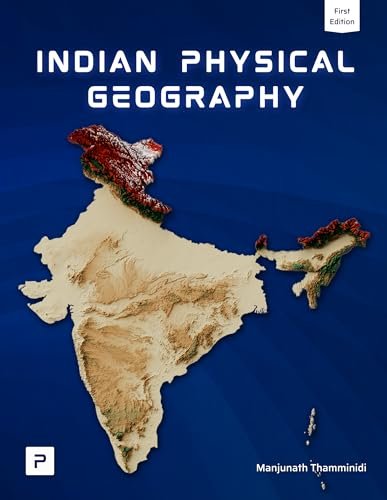
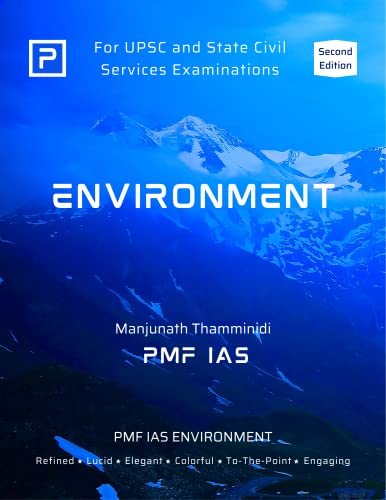
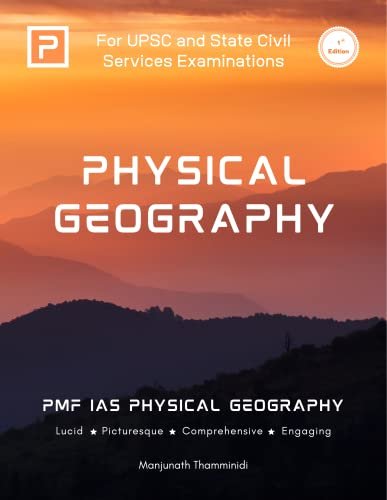
![PMF IAS Environment for UPSC 2022-23 [paperback] PMF IAS [Nov 30, 2021]…](https://pmfias.b-cdn.net/wp-content/uploads/2024/04/pmfiasenvironmentforupsc2022-23paperbackpmfiasnov302021.jpg)

